LANSA surveyors in Pakistan trained in conducting anthropometric measurements
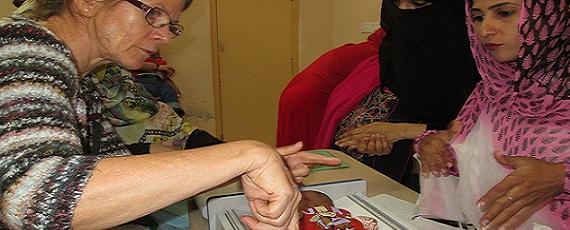
Stunting (chronic under-nutrition) and wasting (acute under-nutrition), which are measured respectively by, height(length)-for-age and weight-for-height(length) z-scores are well-established indicators of nutritional status of a population. These statistics are widely used to assess progress in reducing under-nutrition and direct policies. We know, for example, that around half of all stunted children in the world and two thirds of all those who are wasted live in Asia alone. The rates of stunting and wasting in India and Pakistan are recognized as being above UNICEF’s emergency threshold levels. While there have been many debates about what these statistics signify and how they might improve, how we actually arrive at the numbers is often taken for granted.
There are three key variables involved: age, weight and length/height. The quality and credibility of the statistics depends on capturing these correctly. It is notoriously difficult to get accurate age data in countries such as Pakistan where birth registration is partial. But even physical measurement is often prone to error. In particular, it takes skill, patience and attention to detail to get a child’s height or length right. Measuring length can provoke anxiety and fear in children making it difficult to record accurate measurements. Children’s heads and feet must be positioned just right for an accurate reading. With newborns, it is not possible to straighten their knees as they are very fragile and can easily be injured if too much pressure is applied to their legs. It is not easy to get a child to lay straight along the board and not change his or her posture or position while taking measurements.
Our team at CSSR, which was readying itself to take part in the LANSA study on women’s work and nutrition, were fortunate enough to get help from Dr Elaine Ferguson through another LANSA partner, the Leverhulme Centre for Integrated Research on Agriculture and Health (LCIRAH). Elaine, who teaches at the London School of Hygiene and Tropical Medicine (LSHTM), is not only an expert on food and nutrition, but is also a trained anthropometrist. She has extensive research networks in Asia and sub-Saharan Africa and close links with the World Health Organization and the Food and Nutrition Technical Assistance III Project (FANTA), FHI 360.
Elaine spent a week with us, training surveyors who already had considerable fieldwork experience in anthropometric measurement. “The researchers are already trained, so our training should last for about a day or two” was the initial thought after her ice-breaking session with the team. But as the training got underway, it became obvious that even those who had worked on major surveys in the past needed to be retrained into international procedures and protocols. And the key to the training was practice, assessment and more practice, day after day. Several mother-infant pairs (or dyads) came to the training venue every day so that the surveyors could hone their skills and iron out any difficulties before going out into the field. Arranging adequate numbers of dyads every day was a challenge in itself, because the infants are very sensitive to a change in their environment. The training schedule often had to be altered according to the everyday ‘moods’ of the infants.
Another challenge was to get some of the experienced team members to accept suggestions to improve their skills without offending and demotivating them. Through her calm and supportive manner Elaine managed to overcome this challenge and inspired the surveyors to take pride in what they learnt. It was a tough week for all of us, and one when we learnt that behind the anthropometric statistics, which are invaluable for making sound policies, there is so much hard work, patience and care to detail.

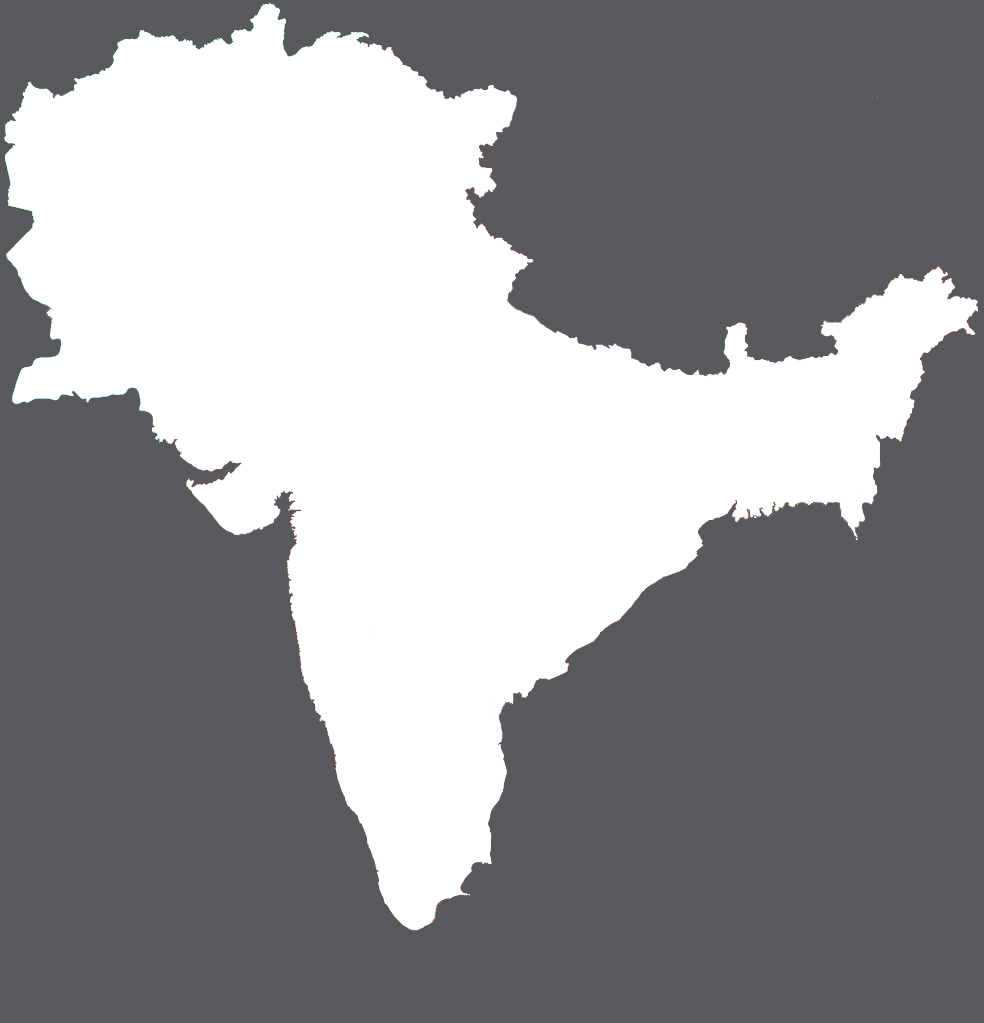
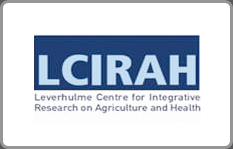


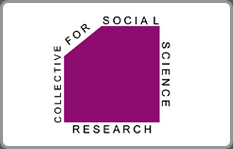

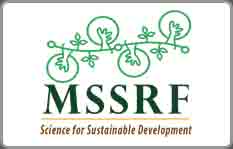
Add new comment